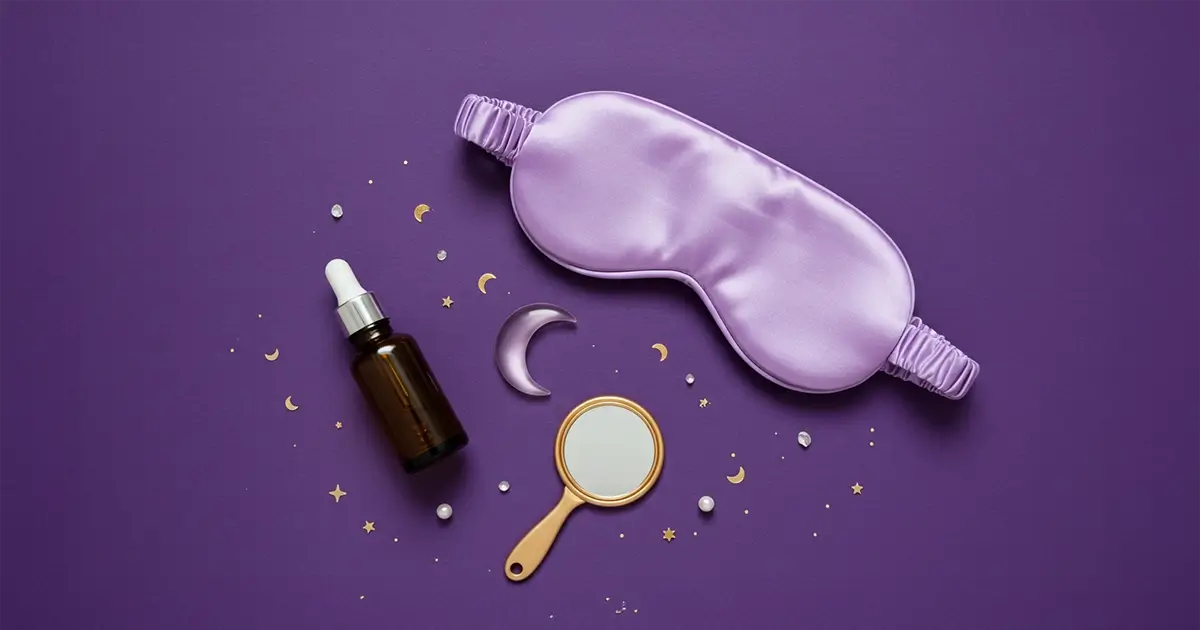Thinking about hopping onto the vitamin A express but worried the ride might be bumpy? Today I'll walk you through retinol basics, smart layering, and comfort tricks in one friendly, research-packed guide - roughly a 12-minute read.
Retinol 101: Science in Plain English
Retinol is a type of retinoid, a family of vitamin A derivatives that tell skin cells to behave like their younger selves. When applied in the right dose, retinol speeds up cell turnover, boosts collagen, and fades uneven pigment, which makes it a dermatology favorite.
A well-designed 2019 trial in JAMA Dermatology found that participants using 0.5 % retinol cream nightly for twelve weeks saw measurable reductions in fine lines and mottled pigmentation, while placebo users did not JAMA Dermatology study.
Unlike prescription tretinoin, over-the-counter retinol must convert inside the skin before working. That extra chemical step softens its punch, letting newcomers build tolerance gradually.
The Biochemistry Cheat Sheet
After you dab retinol on, enzymes convert it to retinaldehyde, then finally to trans-retinoic acid - the active form that flips collagen-building genes on. Temperature, pH, and even light can meddle with these conversions, so clever packaging matters.
Airless pumps and opaque tubes keep oxygen and sunshine from degrading your pricey serum. If yours lives in a clear dropper bottle, tuck it in a cool drawer, not a steamy bathroom shelf.
Finding Your Perfect Retinol Match
There is no single "best" strength, only one that suits your goals and tolerance. A fragile barrier loves a micro-dose such as 0.1 %, while resilient, oilier skin might dance happily with 1 %.
The formula base matters too. Creams cushion active molecules with emollients, gels feel weightless yet can sting dry skin, and oily serums slip between lipid layers quickly. Ask yourself, "What texture do I enjoy nightly?" Comfort fuels consistency.
Packaging buzzwords can confuse, so here is a quick decoder:
- Retinol: The middle-strength, drugstore star; two conversion steps.
- Retinaldehyde: One step away from active acid, works faster, can tingle.
- Granactive Retinoid (hydroxypinacolone retinoate): Binds retinoid receptors directly, yet feels gentle.
- Retinyl Esters (palmitate, propionate): Beginner-friendly, but slow to show results.
Strength Guide by Skin Type
Dry or sensitised: Start with 0.1 % retinol cream twice a week. Pair each dose with ceramide-rich moisturizer.
Combination or normal: 0.3–0.5 % in a creamy gel three nights weekly balances renewal and comfort.
Oily or textural: Up to 1 % serum, still introduced slowly, can refine pores visible under bright office lights.
The Gentle Introduction Protocol
I learned the hard way that enthusiasm outpaces epidermis speed. A "low and slow" approach keeps skin calm and you motivated.
Here is my favourite six-week roadmap. Feel free to print it and tape it to your vanity.
- Week 1–2: One pea-size drop on clean, fully dry face, every fourth night.
- Week 3–4: Move to every other night if zero redness appears.
- Week 5–6: Switch to nightly use or maintain alternate nights depending on comfort.
Buffering - applying moisturizer before or after retinol - dilutes the dose hitting receptors. If your cheeks flush easily, sandwich retinol between two hydrating layers instead of going bare.
Nightly Layering Order
Cleanser, hydrating toner, moisturizer, retinol, and finally a thin occlusive if air is dry. This reversed order (moisturizer before actives) is deliberate when you need extra cushioning.
Skip exfoliating acids on retinol nights for the first month. Mixing both too soon is like signing up for a marathon before buying shoes.
Managing Side Effects Like a Pro
The usual suspects - flaking, tightness, and redness - show up because retinol accelerates shedding before fresh cells mature. Do not quit at the first sign; tweak instead.
Mild flake patches benefit from a bland, petrolatum-free balm. Redness often calms with a ten-minute layer of fragrance-free aloe gel straight from the fridge. Reserve corticosteroid creams for doctor guidance only.
If you are pregnant, breastfeeding, taking acne isotretinoin, or nursing an active eczema flare, shelve retinoids for later. The American Academy of Dermatology spells out these cautions clearly AAD retinoid overview.
Complementary Ingredients
Niacinamide at 5 % strengthens the lipid barrier, letting you graduate to higher retinol sooner. Peptides add a bouncy feel without extra dryness. Save strong vitamin C serums for mornings to dodge irritation stacking.
Every retinoid routine lives or dies by sunscreen. A broad-spectrum SPF 50 blocks UV that breaks down collagen faster than any serum can build it. One study from Harvard Health confirmed daily SPF use doubled wrinkle reduction when paired with retinoids Harvard Health review.
FAQ
Can I use retinol and vitamin C together?
Yes, but apply vitamin C in the morning and retinol at night. Separating them prevents pH conflicts and reduces cumulative irritation.
How long before I see visible results?
Texture often improves within four weeks, while wrinkles and pigment need three months or more. Take monthly selfies under the same lighting for honest comparison.
Is peeling a sign retinol is working?
Light flaking can appear in early weeks, yet significant peeling signals overuse. Dial back frequency until the barrier settles, then increase slowly.
Do I need to stop retinol during summer?
No, but be vigilant with sunscreen reapplication and shade. Retinol itself is not photosensitizing, yet renewed skin can burn faster if unprotected.
Can teenagers use retinol products?
Low-strength retinol or adapalene aids acne by unclogging pores, yet teens should consult a dermatologist first to ensure the routine suits their needs.
Does darker skin react differently?
Melanin-rich skin benefits from careful ramp-up because post-inflammatory hyperpigmentation risk is higher if irritation strikes. Start with 0.2 % twice weekly and hydrate generously.
Conclusion
Retinol rewards patience: choose a sensible strength, increase slowly, buffer when needed, and partner it with diligent sun protection. Follow those pillars and smoother, clearer skin becomes a realistic goal rather than wishful thinking.
I would love to hear about your retinol triumphs or hiccups in the comments. See you in the next post - until then, take good care of your skin!


Comments (0)
No comments yet - be the first to share your thoughts!
Leave a Reply
Your email address will not be published. Required fields are marked *